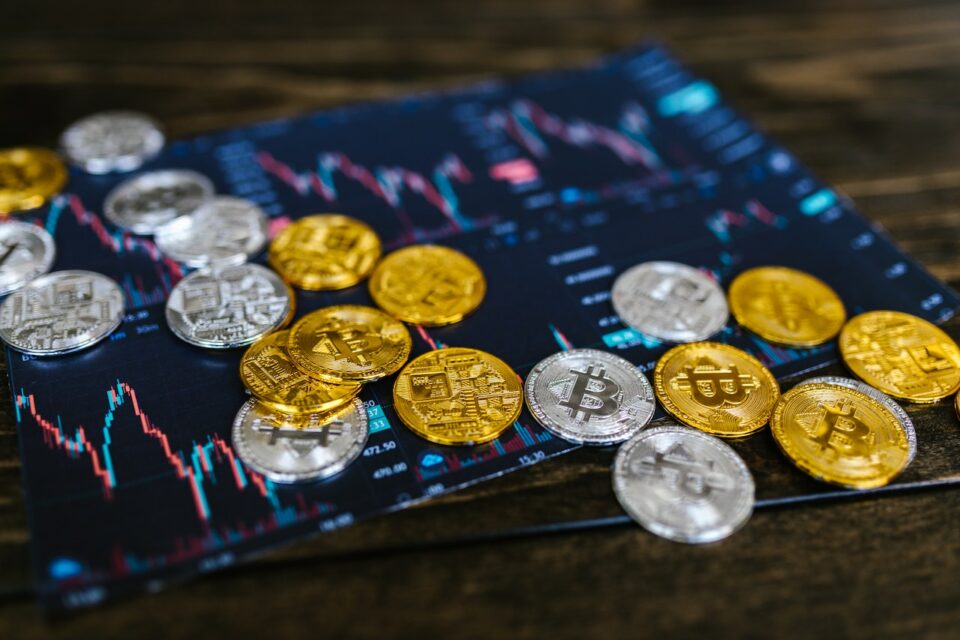You may or may not have heard of the Blockchain. But what is it, and why is it considered the holy grail of online security? Here is a quick and easy guide to the security of the Blockchain.
Almost Tamper-Proof
The reason the Blockchain is revered in online security is because the security is so good it’s almost tamper-proof. Almost. You see, it isn’t 100% effective. And then there is the reality of human error. Even though the Blockchain is extremely secure, you can still experience a breach. Crypto custody of your access keys offers an extra level on your side of things. And while the Blockchain itself cannot be hacked, it can be the victim of unauthorized access.
How Blockchain Protection Works
In the most basic terms, the Blockchain is simply a database. However, it records when data is changed and encrypts it as it goes along. Each time, a block is added, forming a chain of data that can be scrutinized back to its original source. Hence the term “Blockchain.” Because of this, it is very useful for distributing digital ownership, which is almost impossible to be stolen or hacked. However, over $2 billion has been stolen from the Blockchain over the past few years.
So, What Can Go Wrong with Blockchain Security?
Blockchain is software. And as you are probably well aware, the software comes with errors. Often there are human errors, and there are also errors within code, apps, and systems. There are three main ways your Blockchain data can be accessed by a malicious hacker, such as:
51% attacks
Hackers can create a “fork” on the Blockchain and disguise their creation as the original if more than half of the miners on the platform are taken over by those with malicious intent.
Creation errors
Larger and more intricate Blockchains can result in more glitches, and this presents vulnerabilities that some savvy hackers are waiting to take advantage of while present.
Weak exchange security
The Blockchain is mainly used for trading cryptocurrency on exchanges, many of which don’t have suitable security practices in place that are good enough to deter a skilled hacker.
While the Blockchain is often described as unhackable, as you can see, this is far from true. However, you will be safe when using a reputable exchange and improving your cybersecurity.
Public and Private Blockchains
Some Blockchain ledgers are placed on highly secure private networks that aren’t accessible from the wider internet. These often also include extra security features such as multifactor authentication and complex passwords. These are often used by private companies. Public Blockchains are accessible by anyone and typically rely on the strength in numbers theory to make a decentralized network more secure. Everyday crypto is based on public Blockchains.
How to Make Blockchain Even More Secure
Any Blockchain is very secure by design and nature. But they aren’t bulletproof. However, you can make them pretty much rock solid by implementing extra security. Protecting your access codes with a “cold wallet” USB key is a must. Otherwise, you leave the cloud-based storage of keys open to theft. You can also use cybersecurity measures such as multi-factor authentication and using off-chain integration apps such as PARISQ for the external monitoring of systems.
Summary
Blockchain security is pretty much already excellent but not 100% safe. You can secure your assets with offline key storage, using a reputable exchange and improving overall cybersecurity.
